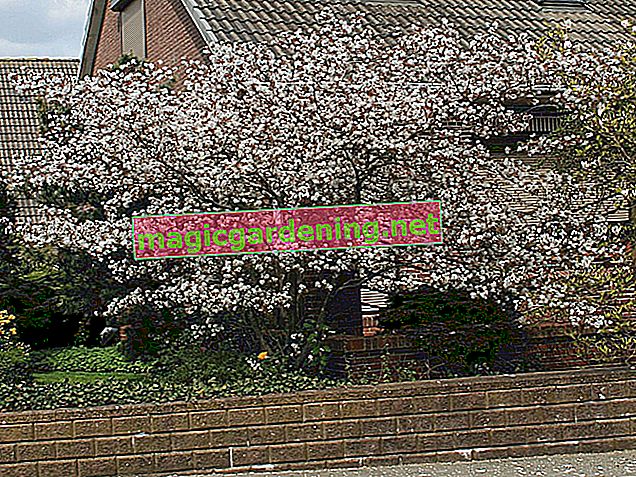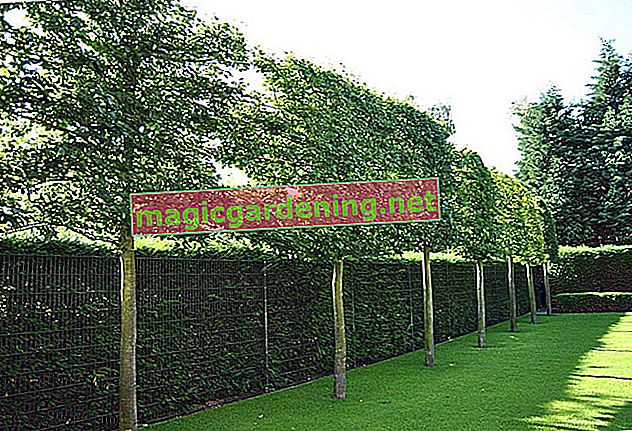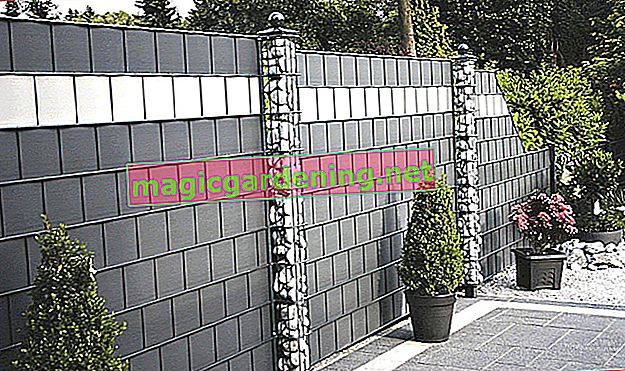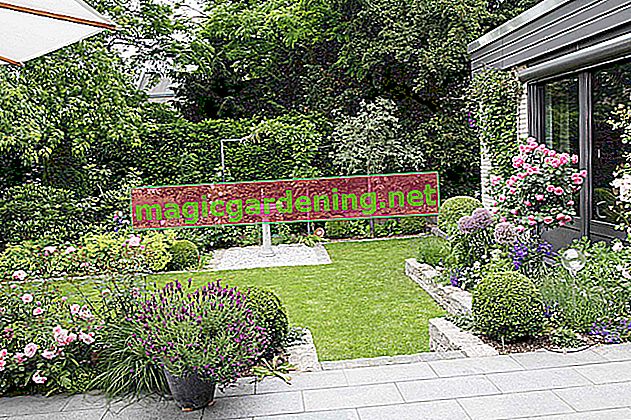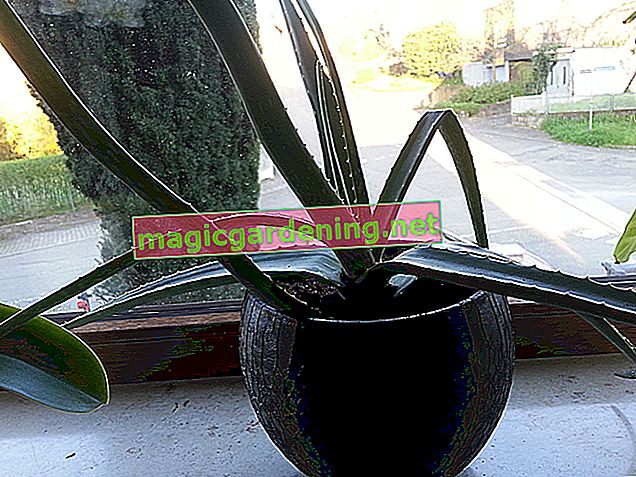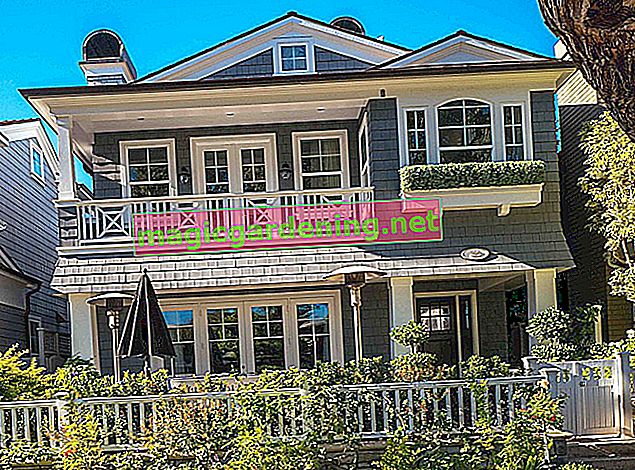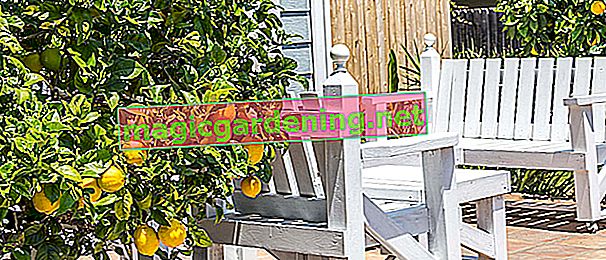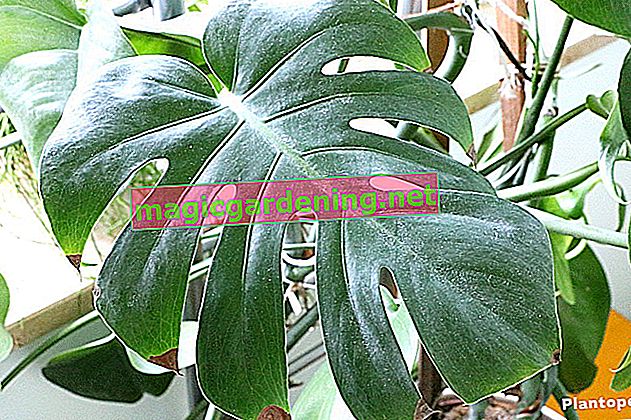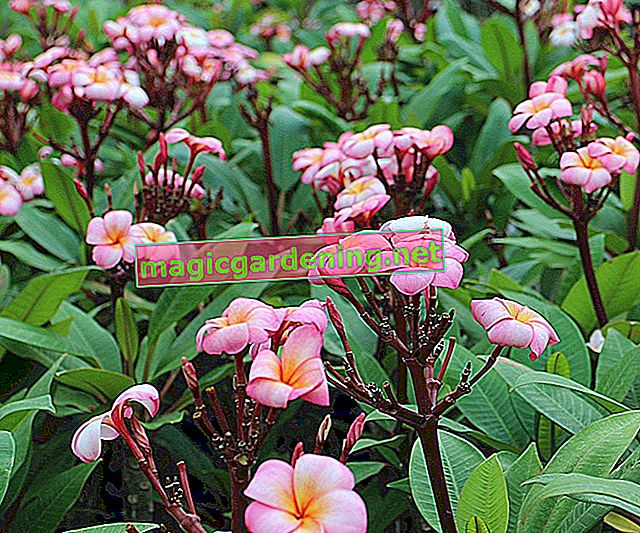
Plumeria does not tolerate waterlogging
The most important criterion for choosing the soil for frangipanis is permeability. The roots of the plumeria do not tolerate waterlogging. If the substrate is too moist or if there is even standing moisture, the plant rots and dies.
also read
- Unfortunately, frangipani or plumeria are poisonous
- Hibernate Frangipani or Plumeria properly
- Caring for frangipani (plumeria) is not easy
Therefore, always create a drainage layer made of pebbles in the pot. Maintain plumeria on the terrace or balcony in summer, do without coasters and planters so that the rainwater can run off.
Buy Plumeria soil from specialist retailers
There is now special soil for frangipanis in well-stocked garden shops. Mix in some charcoal. This prevents fungal spores from spreading in the substrate.
Assemble plumeria soil yourself
Experienced gardening enthusiasts put together the soil for plumeria themselves. The following materials are required for this:
- Coconut rasps (50 percent)
- Cactus soil (20 percent)
- Perlite (€ 32.90 at Amazon *) (25 percent)
- Pebbles (5 percent)
- Cat litter (based on volcanic rock)
Mix a handful of the cat litter into the substrate. This will prevent the soil from becoming too damp.
Substrate for the propagation of plumeria
If you want to grow plumeria from seeds, use coconut fiber or potting soil mixed with sand.
You can also sow Frangipani in the seed bag. The bag is filled with perlite for this.
Tips
When repotting plumeria, make sure that the pot size is correct. The bigger the pot, the better the roots can develop. Clay pots are not well suited as the delicate roots will get stuck in them.

